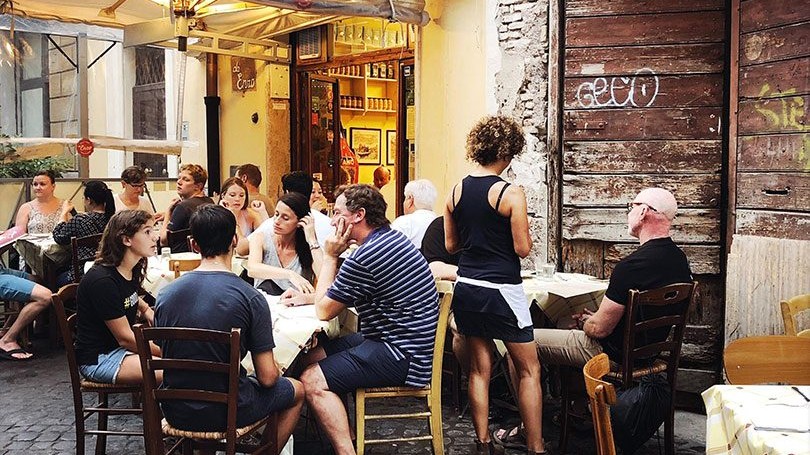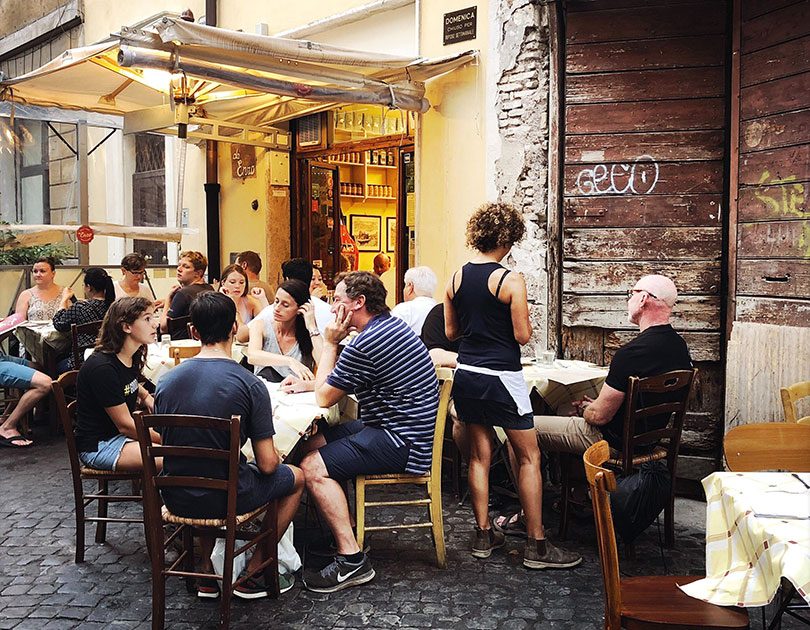Functional nutritionist Vinka Wong examines the benefits of an Italian diet.
The glorious smell of the coast, salt, olives, tomato, fresh focaccia and ciabatta…mmmm, the memories. Being of Croatian descent myself, Italy is just across the Adriatic from home, so their gastronomic history is very close to my heart; it’s flavour-drenched food I just adore. When we think of Italian food we often think of pizza, pasta, wine and those delicious gelatos. It may not therefore seem obvious how the Italian people have one of the best life expectancies in the world and even had the oldest living lady in the world – a woman who lived to 117 years. So, here are the secrets. And like all best-kept secrets, the key is in the detail.
PORTION SIZES
Italians traditionally eat smaller portions than other western cultures. It’s unlikely that an Italian would regularly sit down to a huge mountain of pasta drenched in creamy sauce – they would be much more likely to tuck into a small bowl, accompanied almost always by some delicious oil, fresh seasonal vegetables or salad and perhaps a small piece of meat or fish (and a splash of red wine!).
I know in my family we mix our red wine, half water and half wine and even ice in the summer. This is a common Mediterranean tradition that allows us to stay hydrated but also ensures we drink in moderation. Give it a try.
INGREDIENTS
Italians eat a variety of fresh, tasty vegetables in a rainbow of colours, which provide a huge array of vitamins and minerals. They also almost always include good-quality extra virgin olive oil in their recipes. This amazing oil is a great source of antioxidants and heart-healthy fats which can lower inflammation in the body.
Another staple is wholegrains which provide vital fibre and B vitamins, normally partnered with a little protein. Protein helps to maintain cell vitality and keep people feeling satisfied. Whether this is in the form of meat, fish or pulses and beans, protein is a key component of our balanced diet.
Another little trick Italians use is the addition of vinegars to their meals when eating starchy carbohydrates. For example, sourdough bread is dunked into olive oil and balsamic vinegar. Or pastas are paired with a tomato salad dressed in red wine vinegar. Vinegar aids in the breakdown of starches, allowing for better digestion, less bloating and the natural lowering of blood sugars.
TIME
A traditional Italian meal should be a leisurely occasion enjoyed in the good company of family or friends.
Many of us have such busy, hectic lives that food is often an afterthought, with convenience and refuelling becoming the goal of mealtimes. It’s not uncommon to inhale a late meal in front of the TV or at our desks in front of our screens.
Taking time over meals, however, allows us to properly register when we have eaten enough, so we’re much less likely to overeat. It can take around 20 minutes for the brain to process and send signals to the body to let us know we’re full. Really slowing down and taking your time when you eat, being mindful to savour and enjoy your food, not only makes the meal more satisfying, but also means you’re much less likely to reach for the biscuit tin later!
Overall, food in Italy tends to be simpler, home-cooked goodness, rather than the processed convenience foods that so often fill our fridges. Children are encouraged to help with the preparation of meals to keep cooking skills and traditions alive, passing knowledge and good habits to the next generation.
Wherever you are in the world, take a leaf out of the Italians’ book this weekend: get the Cuisine magazine in the kitchen for some inspiration to help you prepare a delicious, simple meal, and spend time enjoying it over a long lunch that stretches into dinner. Laugh, love and live beautifully in the company of your favourite people. ■
Think. Eat. Heal. vinka.co.nz
@vinkanutrition




